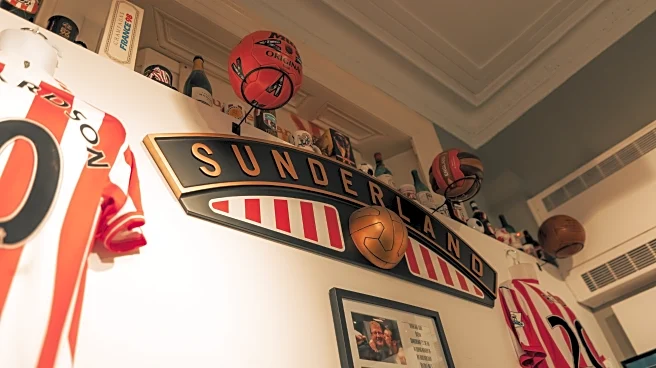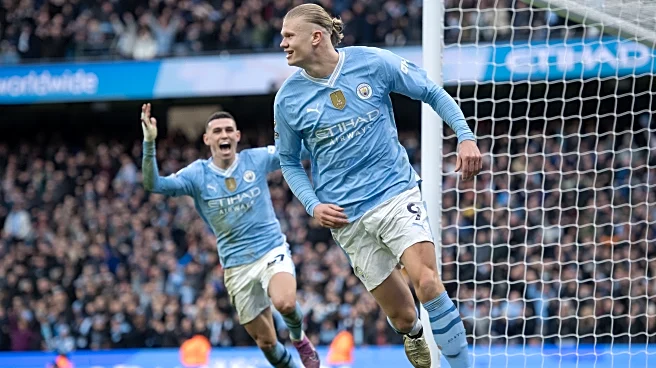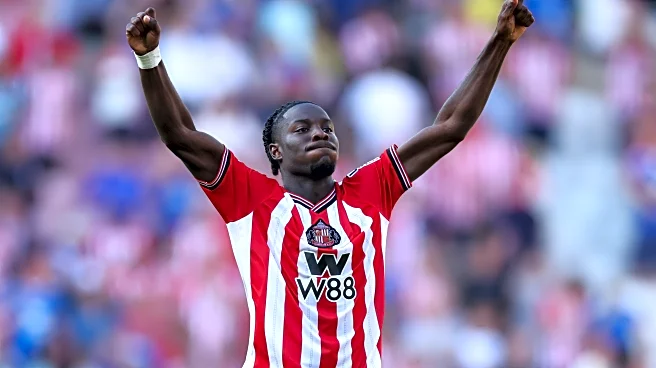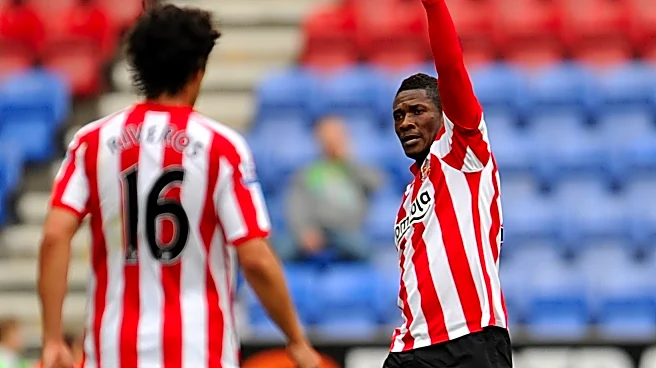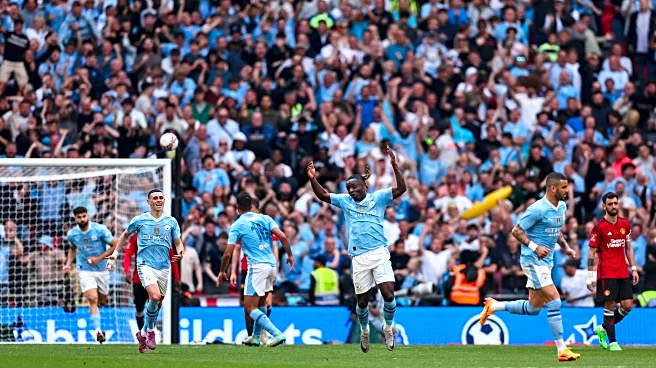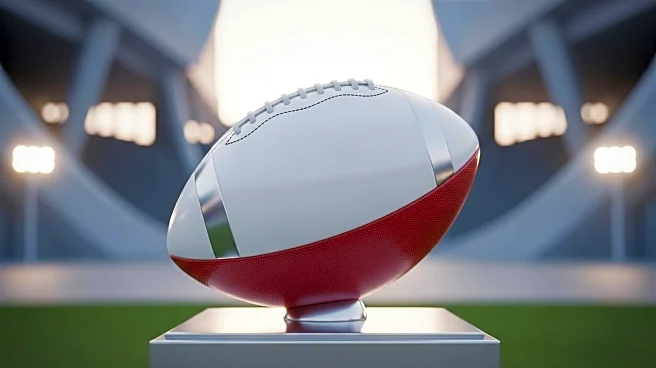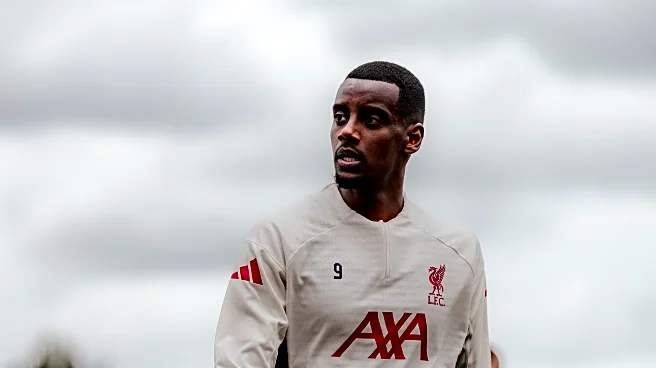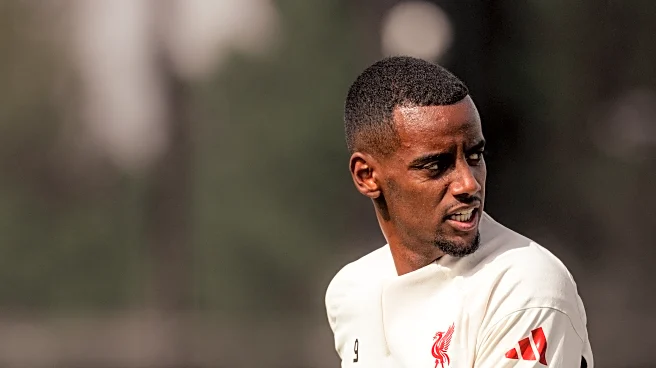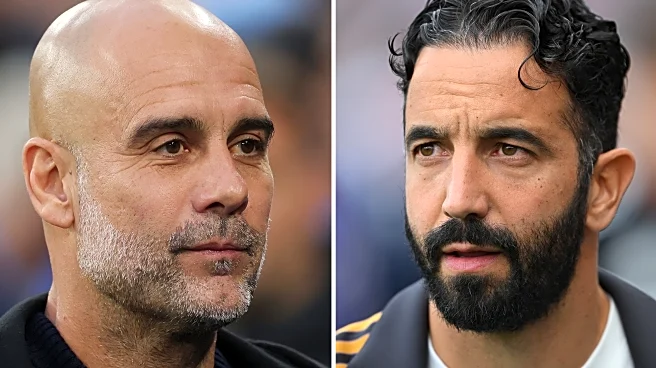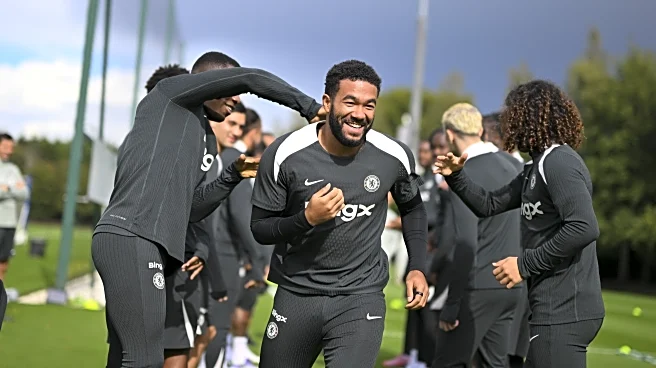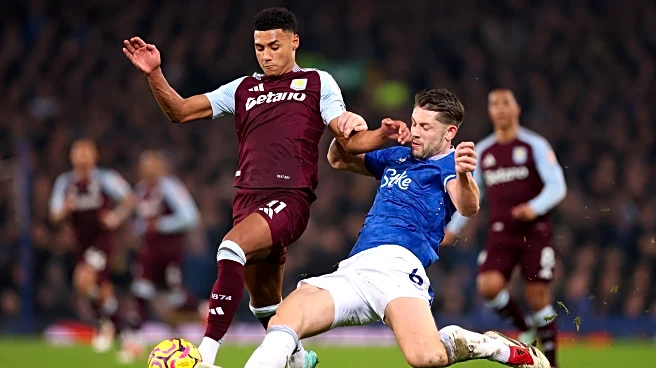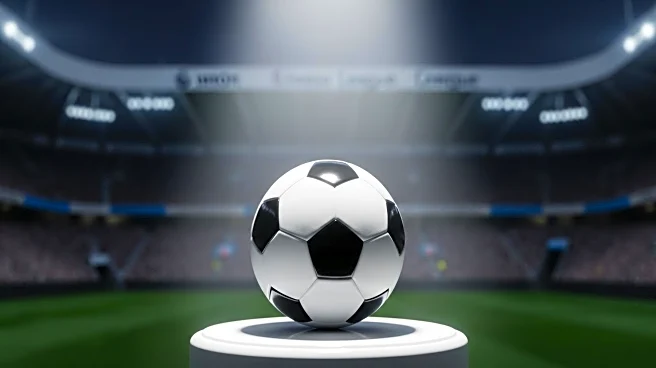It seems an obvious statement – but the Stadium of Light was built for the future.
Bob Murray’s vision was for a completely new arena, kitted out with modern facilities throughout. He wanted nothing but the best for players and supporters, and for an initial cost of less than £20 million, our former chairman certainly delivered in terms of quality and value.
Roker Park had meant a lot to Bob – having first visited our home of 99 years as a young boy with his father back in the 1950s. But by the 1990s,
most people understood that the old place was hemmed in by housing. It was desperately in need of investment, yet the requirements of the post-Hillsborough Taylor Report would have reduced the capacity well below 20,000.
Murray knew what Roker had meant to the fans. Prior to demolition, season-ticket holders were allowed to purchase their seats, signs and other souvenirs were auctioned off, while other memorabilia were rightly relocated to the new stadium.
A small section of the Archibald Leitch latticework was creatively redeployed in the stadium car park, but other treasures were mostly confined to the sports bar – now known as Quinn’s Bar.
I think Murray wanted to acknowledge our illustrious past but didn’t want it to overshadow what was the heralding of a new era at Sunderland. Even the old ship badge was discarded as part of a rebrand, and having successfully floated the club on the stock exchange, Murray was eager to create a new identity – away from the financial struggles of the late 1980s and early 1990s.
The Stadium of Light had considerable wow factor when it opened. It was one of the first new stadiums in the country, and with four filled-in corners, bright red seats, and room for expansion, it didn’t look dissimilar to Old Trafford, which at the time was arguably the country’s best stadium.
But aside from the Thomas Hemy painting inside the main entrance, the new ground told very little of the club’s history. Bars on the concourses were named after former players, but concrete walls remained bare, and stands were named North, South, East, and West.
It wasn’t until Roy Keane arrived as manager that images of our former greats appeared in the tunnel, to give players a taste of the size of the club and what they were representing.
Fast forward to the present day, and the club is in the strongest position it has been for years. Kyril Louis-Dreyfus’s vision could finally maximise the potential of Murray’s greatest legacy.
The current regime has wasted no time in tapping into the club’s past. Retro-themed shirts and merchandise are a successful money-spinner, while those once-bland concourses are now filled with emotionally charged artwork that evokes memories of days gone by.
I wonder if we could go a stage or two further. Imagine how the original Leitch latticework would look along the walkway of the newly renamed Jimmy Montgomery Stand. Perhaps only the small section of it, currently in the car park, still exists. I honestly don’t know.
It’s a shame this wasn’t considered a possibility back in 1997, when the primary focus was on the future and not the past. If it no longer exists, however, could a new, more realistic replica of the latticework be remade?
The small sections in the Roker End (another great addition to the SoL) don’t really do it justice, and with the design currently printed on hardboard, I’m sure we could explore a top-quality remake.
I think there’s a valuable place for history within modern stadiums. We’ve just refurbished much of ours, and the reintroduction of the latticework would give another significant nod to the past in a way that, in my opinion, would look really stylish.
During my recent stadium tour, I asked about the old ‘Welcome to Sunderland’ lettering that once graced the Fulwell End. It appears as though some of the lettering has been used to create the current Quinn’s Bar logo.
Previously, the letters were placed sporadically on the ceiling of the same bar, before its refurbishment a few years ago. I’d like to see those letters put back together again if a suitable location can be found. Our tour guide said my suggestion would be passed on.
Currently, the memorabilia inside Quinn’s Bar is scaled down from what it used to be. Gone from view are many of the old framed shirts from visiting teams. There also only appears to be one of the Roker Park clocks, still stuck at 11.17 – the time it is shown being taken down one sunny day on Premier Passions. I think the other clock might have been relocated elsewhere within the stadium.
I’m not suggesting that we live in the past here. I just know that big clubs such as Barcelona and Manchester United embrace their history to such an extent that it is part of why they have such global followings.
There are elements of Highbury in the design at the Emirates, while Everton’s new stadium appears to have a Goodison Park vibe, at least from the inside.
I can understand that Bob Murray wanted a new start in 1997 – when Roker Park was past its best, and we were focusing on better times both on and off the pitch. He wanted to move away from the worst of what Roker had represented at that time.
But I feel now is the time to look at the bigger picture. As we potentially move into unprecedented times in terms of potential and ambition under our current regime, wouldn’t it be great to bring the best of Roker with us?
